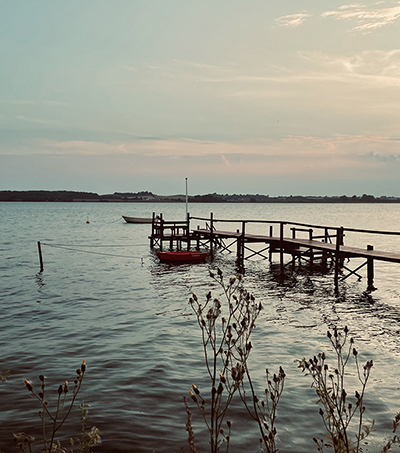The UTOPIA THY project examines whether the potential of partially depopulated villages and buildings that no longer have any use, and which are typically demolished, can be reconciled with the ambition of doubling Denmark’s forest area in the 21st century. In recent years, numerous buildings in rural areas from the recent past that are no longer in use have been allowed to decay; they are eventually demolished in what is now extensive state-sponsored strategic demolition. When the buildings are demolished, the villages are dismantled, and the significance to the specific place of the condemned buildings and the people who used them is lost, along with some of the identity of the local area. In the project, the demolitions are seen as part of a major transformation of towns and landscapes that goes beyond the individual plots and buildings, and which, in conjunction with the establishment of much more forest in and around Bedsted (in Thy), is going to contribute to the creation of coherent forest landscapes in Thy.
The project aims at developing new types and methods of radical conservation and at promoting an urban development that involves the local population and creates new forest landscapes in which buildings, the cultivated, and the wild are transformed into a coherent everyday landscape for the benefit of not only humans but also a potential biodiversity.
UTOPIA THY aims to investigate the unresolved social, cultural, environmental, and climate potentials of villages. Could new ways of production provide a framework for new types of communities and provide alternative opportunities for urban life? Could buildings that are no longer in use be assessed differently than ‘useless’? Could condemned buildings form the backbone of future resource banks? Could the villages spearhead a more nature-based way of managing the land? Could new village communities play a leading role in a strategic transformation of productive land into protected nature and recreational networks?
UTOPIA THY comprises several sub-projects. Aarhus School of Architecture focuses on ways of activating the built heritage of the recent past and developing new, more diverse, forest landscapes in which the culture-nature of the past and nature merge.
How can we preserve our heritage in a less costly way by means of so-called ‘radical preservation’? And who in the future do we preserve our heritage for, seeing that restoration for museum purposes does not make sense? What roles do buildings, built environments, and man-made landscapes play as physical anchor points of our collective memory, as local identity, and as a cohesive force?
Bedsted is a Danish railway town of about 800 inhabitants in decline and suffering from depopulation. Rønhede Plantage is located south of the town; this plantation will be expanded to allow the new forest to interweave with the problematic section of the town. Curated remains of partially demolished abandoned buildings and gardens are going to form cultural-historical clearings in the new forest, creating new forest landscapes. In the future, clearings will have the potential to stimulate our memory and provide an opportunity for exchanging personal recollections about a place, the people who lived there, and their importance to, and relation to, the surrounding local community, while also providing a different kind of habitat for plants and animals.
The project is expected to run for 20 years, and several sub-projects will be initiated, whose ownership will be handed over to local enthusiasts. The UTOPIA THY sub-projects will comprise collaborations between local residents, the municipality, museums, and researchers from various academic environments for whom Bedsted will provide a shared field laboratory for architectural and landscape studies and for anthropological and archaeological studies aimed at developing research-based proposals for sustainable and alternative models of urban development.
UTOPIA THY is an experimental project based on a novel approach; an approach that spans very different scales: from transformations of individual buildings to the radical preservation of an entire railway town and the development of interconnected forest landscapes. In parallel with this, the notion of an ‘immaterial heritage’ becomes an approach to documenting local experience and to focusing on otherwise overlooked atmospheres and architectural qualities in the connection between the built environment and the landscape.
Theoretically and methodically the project extends the dominant heritage practices and the discussion of future land use by including immaterial aspects that are difficult to capture and accommodate in current conservation practices and conceptualisations or with hard data on e.g. carbon emission quotas or land distribution.
Facts
- Project Title: UTOPIA THY – From Railway Town to Forest Town, From Dismantling to Development
- Project managers (contacts): Mo Michelsen Krag, Morten Nielsen (National Museum of Denmark)
- External partners: Bedsted Byforskønnelse (an organisation for urban beautification in Bedsted), Thisted Municipality, Museum Thy, National Museum of Denmark, SMK (Statens Museum for Kunst), the Danish Architects’ Association, Emergency Architecture & Human Rights (EAHR)
- AAA Researchers who participate in the project: Stefan Darlan Boris
CONTACT
Related
YOU MAY ALSO BE INTERESTED IN

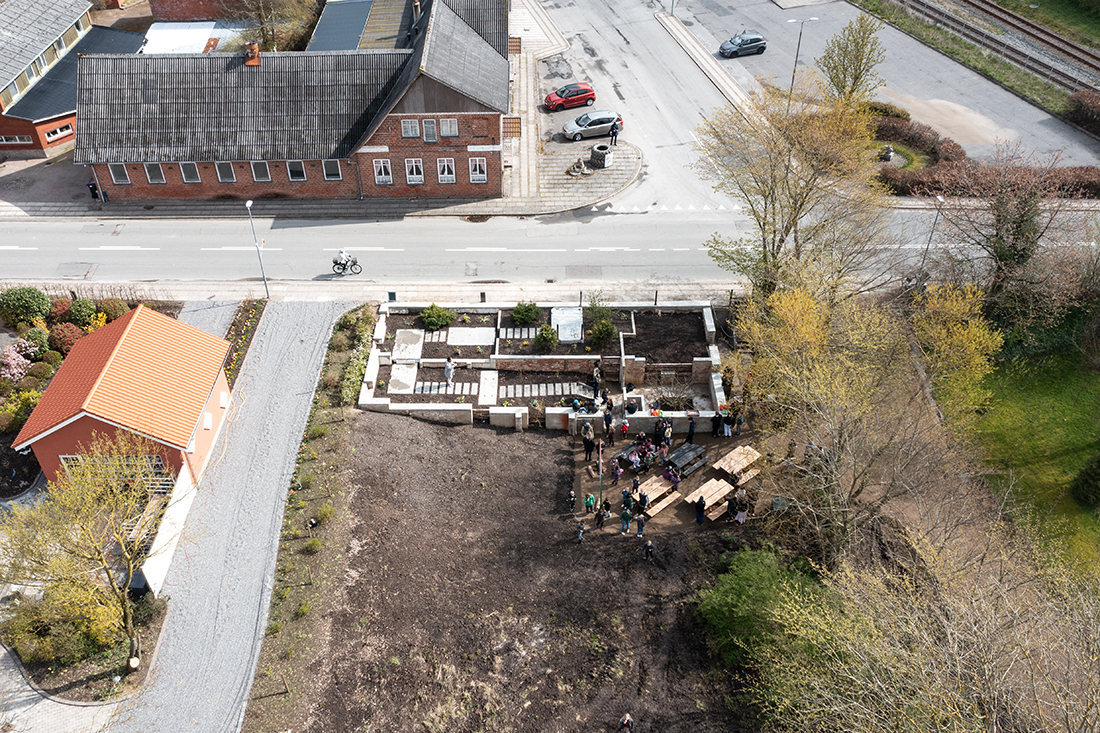
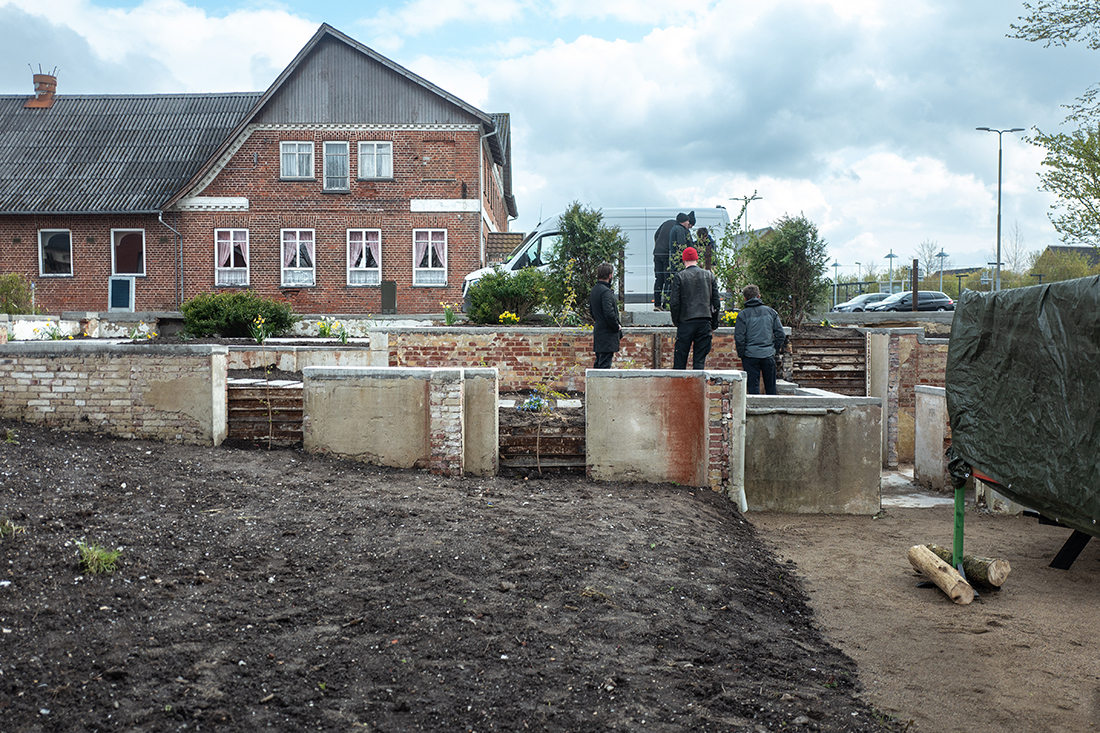

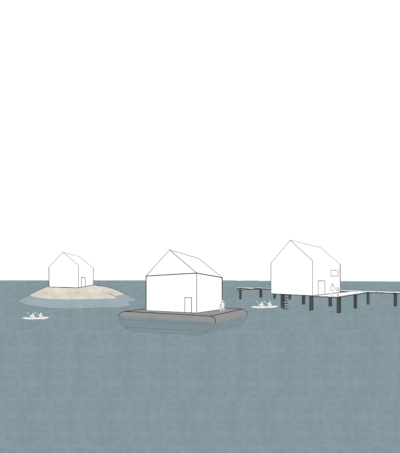
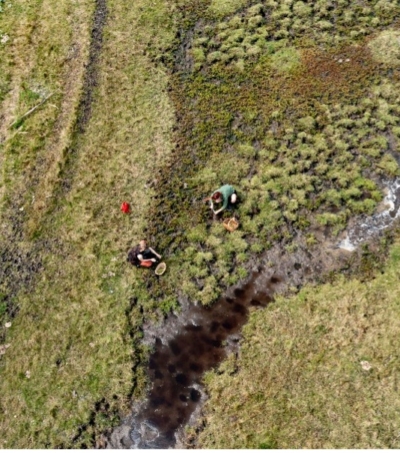
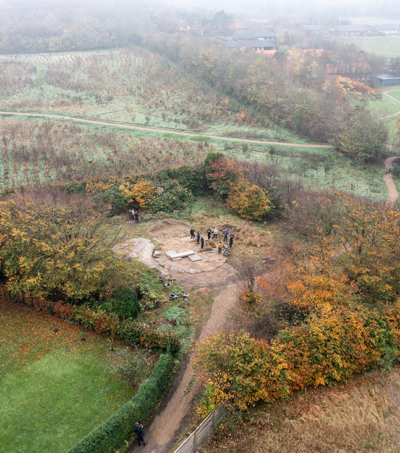
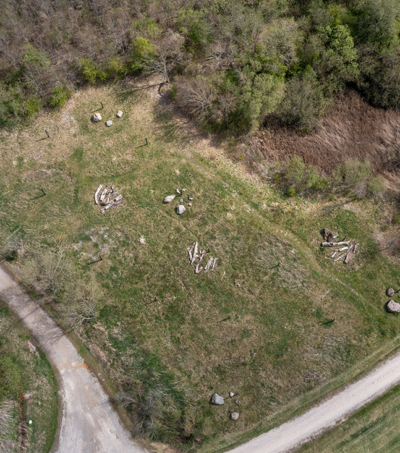
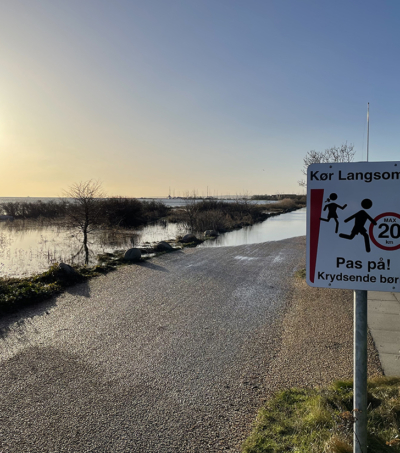
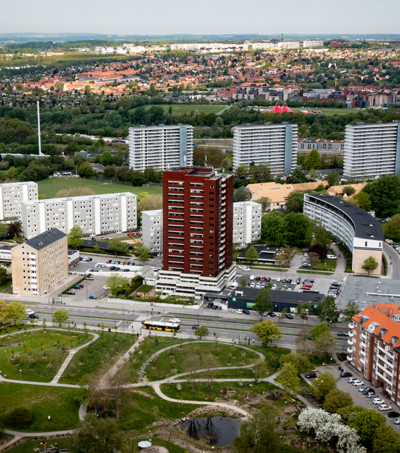
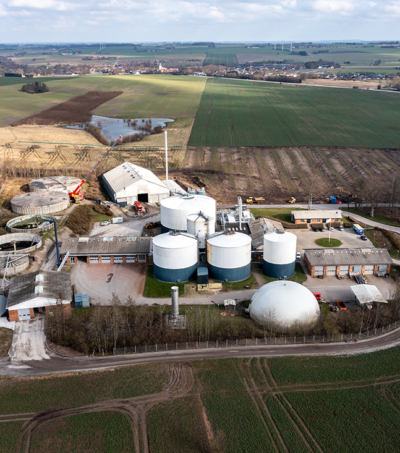
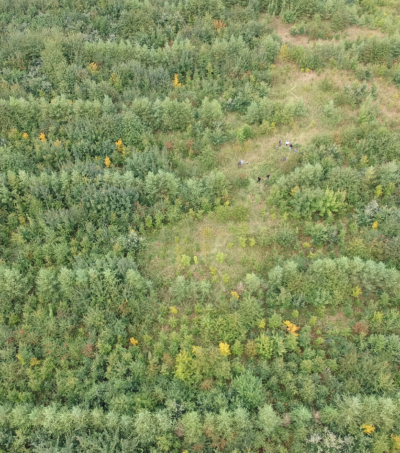
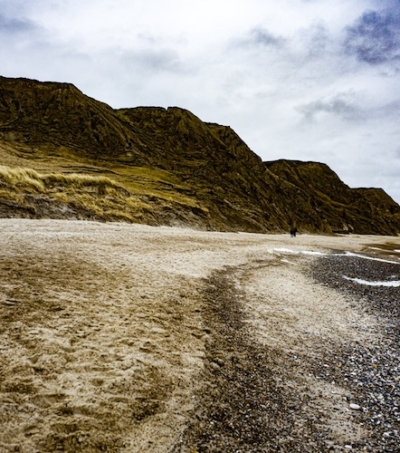 Bovbjerg. Foto: Niels Rysz
Bovbjerg. Foto: Niels Rysz